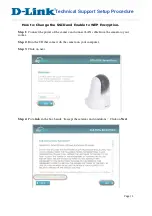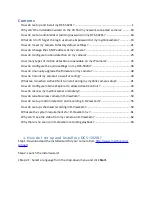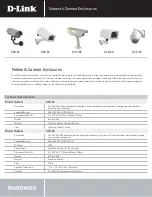
17.6
Disturbance factors at thermographic inspection of
electrical installations
During thermographic inspections of different types of electrical installations, distur-
bance factors such as wind, distance to object, rain or snow often influence the
measurement result.
17.6.1
Wind
During outdoor inspection, the cooling effect of the wind should be taken into account.
An overheating measured at a wind velocity of 5 m/s (10 knots) will be approximately
twice as high at 1 m/s (2 knots). An excess temperature measured at 8 m/s (16 knots)
will be 2.5 times as high at 1 m/s (2 knots). This correction factor, which is based on
empirical measurements, is usually applicable up to 8 m/s (16 knots).
There are, however, cases when you have to inspect even if the wind is stronger than
8 m/s (16 knots). There are many windy places in the world, islands, mountains, and
so on but it is important to know that overheated components found would have
shown a considerably higher temperature at a lower wind speed. The empirical cor-
rection factor can be listed.
Correction factor
Wind speed (knots)
Wind speed (m/s)
1
2
1
1.36
4
2
1.64
6
3
1.86
8
4
2.06
10
5
2.23
12
6
2.40
14
7
2.54
16
8
The measured overheating multiplied by the correction factor gives the excess tem-
perature with no wind, that is, at 1 m/s (2 knots).
17.6.2
Rain and snow
Rain and snow also have a cooling effect on electrical equipment. Thermographic
measurement can still be conducted with satisfactory results during light snowfall
with dry snow and light drizzle, respectively. The image quality will deteriorate in heavy
Publ. No. T559382 Rev. a358 – ENGLISH (EN) – June 23, 2009
113
17 – Introduction to thermographic inspections of electrical installations
Summary of Contents for Extech i5
Page 2: ......
Page 3: ...User s manual Publ No T559382 Rev a358 ENGLISH EN June 23 2009 ...
Page 6: ...vi Publ No T559382 Rev a358 ENGLISH EN June 23 2009 ...
Page 179: ......














































